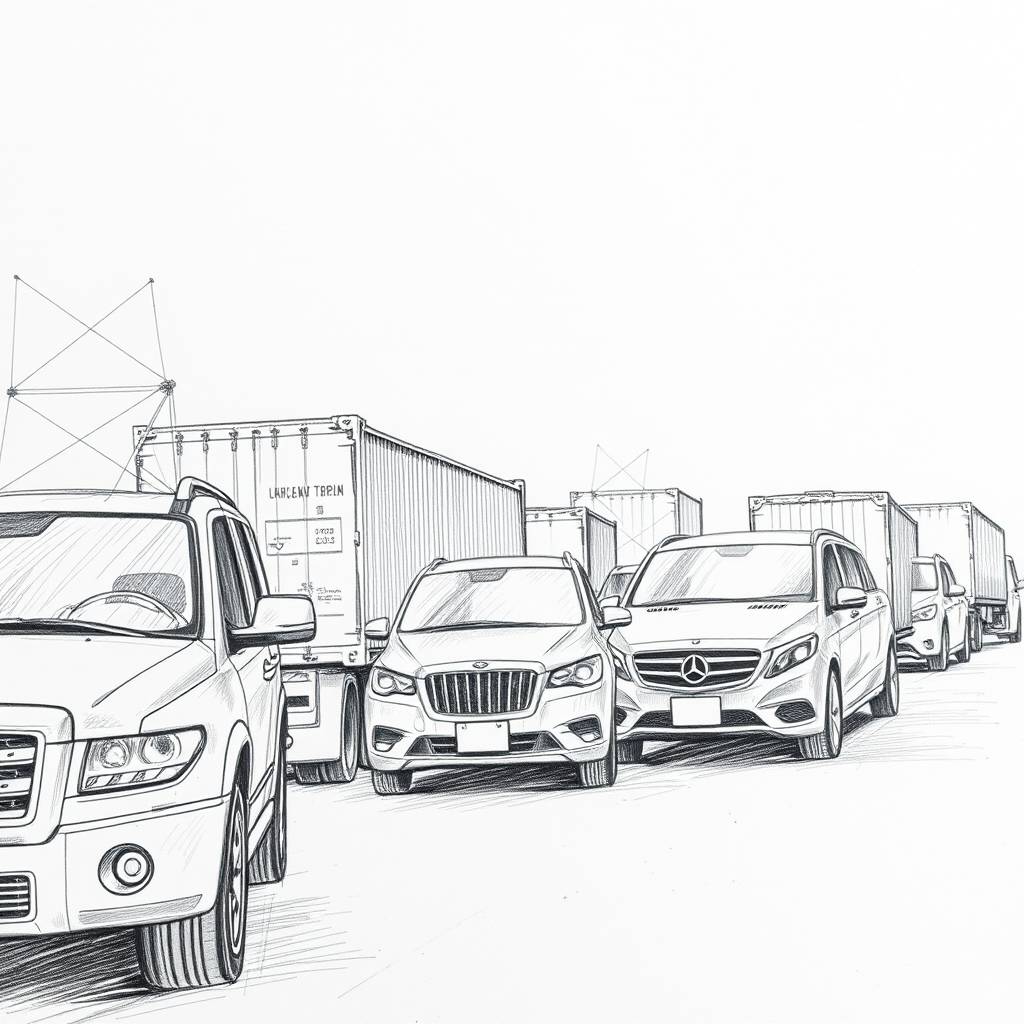Trump's Tariffs: What Will Cost You More?

President Trump recently enacted a series of “reciprocal tariffs” on goods imported from various countries, framing the move as a “Declaration of Economic Independence” for the United States. The tariffs, which took effect in stages beginning April 5th and 9th, impose taxes on goods entering the US, with rates ranging from 10% for baseline application to as high as 34% for countries deemed “worst offenders,” specifically targeting China and India. The administration justified the tariffs as a response to what it views as unfair trade practices by these nations, citing high tariffs imposed on American goods by those countries.
The initial wave included a flat 25% tariff on automobiles and parts, with additional taxes on components slated to begin in May. India faces a 26% tariff, while China is subject to a 34% rate, reflecting the administration’s assessment of their respective trade barriers. Canada, a major supplier of crude oil to the US, is facing a 10% tariff on its energy exports.
The potential impact on American consumers is significant. Experts predict price increases across a range of goods. The automotive industry is expected to be heavily affected, with Anderson Economic Group forecasting price hikes of $2,500 to $20,000 per vehicle. Luxury brands like Audi, BMW, and Mercedes-Benz are anticipated to be particularly vulnerable, given their reliance on imported parts.
Clothing and footwear, largely manufactured in China, Vietnam, and Bangladesh (all facing substantial tariffs), are also likely to become more expensive. The administration’s threat of a 200% tariff on European alcohol could significantly raise the price of imported wines, champagne, and beer.
Even everyday staples could see price increases. Mexico, the primary supplier of avocados to the US, faces tariffs that could impact the cost of this popular fruit and related dishes like guacamole. Similarly, tariffs on coffee imports from Brazil and Colombia, major suppliers to the US market, could lead to higher prices for coffee drinkers.
The tariffs on Canadian crude oil, while not creating a shortage, could affect refinery operations, as US refineries are largely configured to process the heavier crude oil sourced from Canada and Mexico.
While the administration frames these tariffs as a means to “make America great again” and protect domestic industries, the move carries considerable risk. The potential for retaliatory tariffs from other countries could escalate into a full-blown trade war, harming businesses and consumers on both sides. The effectiveness of tariffs as a tool for achieving fairer trade practices remains a subject of debate among economists, with many arguing that they often lead to unintended consequences and distort market forces. It’s a bold gamble with the potential to reshape global trade dynamics, but one that could come at a considerable cost to American consumers and businesses.